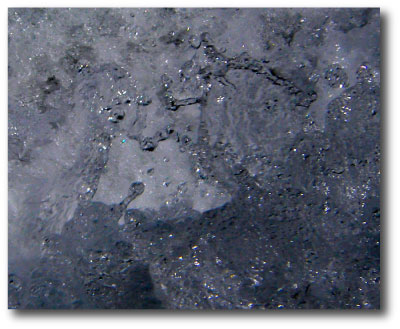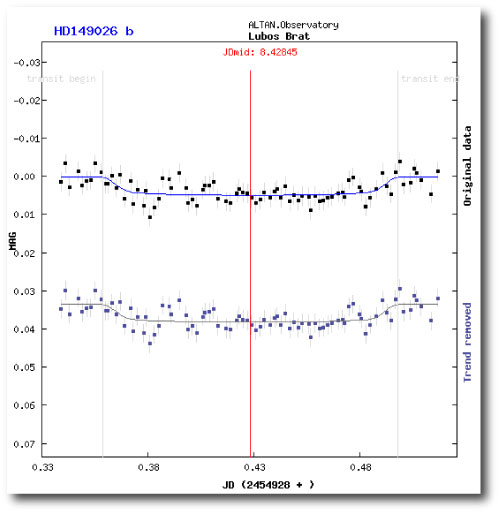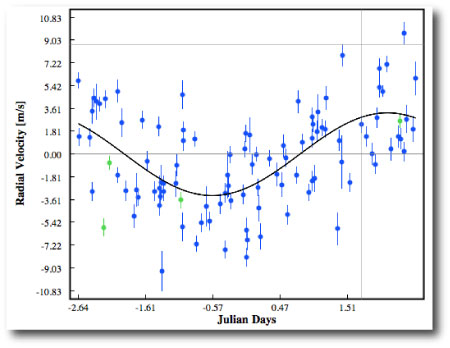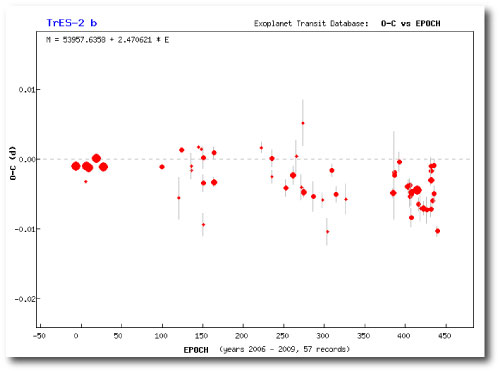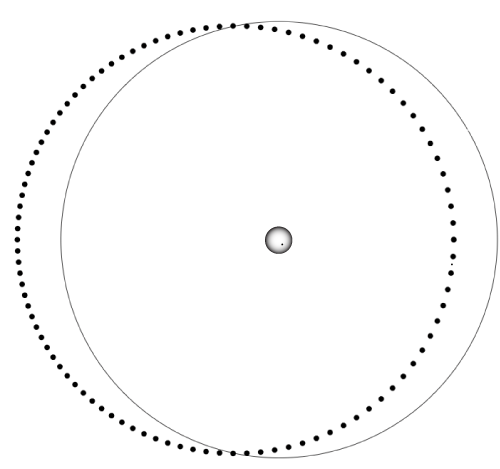Red Dwarf Metallicities
A core prediction of the core accretion model for giant planet formation is that the frequency of readily detectable giant planets should increase with both increasing stellar metallicity and with increasing stellar mass:
It’s now well established that the above diagram is zeroth-order correct, but until fairly recently, the conventional wisdom held that there is little evidence for a strong planet-metallicity correlation among the handful M-dwarf stars (for example, Gliese 876) that are known to harbor giant planets. One is then naturally led to speculate that the odd giant planets in a systems like Gliese 876 might be the outcome of gravitational instability rather than core accretion.
The profusion of molecular lines in the atmospheres of M dwarfs make it hard to determine their metallicities using the techniques of spectral synthesis that work well for hotter stars like the Sun. Fortunately, though, the red dwarfs’ legendary stinginess provides another opportunity for assessing metallicity. Red dwarfs are so thrifty, and they evolve so slowly, that every single one that’s ever formed has barely touched its store of hydrogen. With all the fuel gauges pegged to full, a critical parameter’s worth of confusion is removed. Red dwarfs of a particular mass should form a well-defined one-parameter sequence in the Hertzsprung Russell diagram, and that parameter should be metallicity. If one can accurately plot a particular low-mass star on a color-magnitude diagram, then there should exist a unique and high-quality mapping to both the star’s mass and its metallicity. Physically, an increase in metallicity leads to a higher photospheric opacity, which provides an effective layer of insulation for a star. Add metals to a red dwarf and it will move down and to the right in the Hertzsprung Russell diagram.
Because of the nightmarish complexity of red dwarf atmospheres, it’s not easy to find the calibration that allows one to make the transformation between an observed absolute magnitude and color index (e.g. M_K and V-K) to the stellar mass and metallicity. In 2005, however, Xavier Bonfils and his collaborators made a breakthrough by employing a simple should’ve-thought-of-that-myself technique: Binary stars generally stem from a common molecular cloud core, and so the members of a binary pair should thus generally have very similar metallicities. In particular, if you measure the metallicity of an F, G, or K binary companion to an M-dwarf, then you can assume that the M-dwarf has the same metallicity. Do this often enough, and you can infer the lines of constant M-dwarf metallicity on a color-magnitude diagram. With the calibration in place, metallicity determinations for field red dwarfs are simply a matter of reading off the nearest iso-metallicity locus. Here’s the key diagram from the Bonfils et al. paper:
The puzzling outcome of the Bonfils et al metallicity calibration was that the rare giant-planet bearing M-dwarfs such as Gliese 876 and Gliese 849 didn’t appear to be particularly metal rich, and that worked to undermine confidence in the core accretion picture. One would naively expect that a low-mass disk will need all the help it can get in order to build giant planet cores before the gas is gone. If anything, the planet-metallicity correlation should be strongest among the M-dwarfs.
Important recent progress was made last year by John Johnson and Kevin Apps, who published a reevaluation of Bonfil et al’s. isometallicity loci in the color-magnitude diagram. Johnson and Apps point out that application of the Bonfils et al. calibration produces an aggregate of local M-dwarf stars that have a significantly lower average metallicity than that for the local FGK stars. There’s little reason to expect such a dichotomy, which implies that the Bonfils et al. correlation may be systematically underestimating metallicity by roughly a factor of two. No small potatoes!
Johnson and Apps adjusted the calibration to bring the metallicities of the local M dwarfs into line with the metallicities of the local FGK dwarfs. Here’s a slightly adapted version of their key diagram:
With the revised calibration, Gliese 876 turns up with a metallicity twice that of the Sun, and there is excellent evidence that the planet-metallicity correlation holds strongly for the M dwarfs that harbor relatively massive planets. Furthermore, it’s hard to argue with the two recent papers (one, two) from the California Planet Survey which report the detection of relatively massive planets orbiting two nearby M dwarfs, both of which have extremely high metallicities with the revised calibration.
The statistics are still small-number, but there’s a strong hint that the planet-metallicity correlation for Neptune and sub-Neptune mass planets orbiting M-dwarfs is stronger than it appears to be at FGK (where it’s effectively non-existent). Gliese 176, and Gliese 436, for example, are both quite metal-rich. I bet that a survey like Mearth could jack up its yield by shading its telescope visits to favor the high-metallicity stars on the observing list…
Indeed, if we plot Gliese 1214 (V=15.1±0.6, K=8.78±0.02, parallax=0.0772±0.0054”, distance modulus=0.562±0.16) in comparison to the stars in the local volume, it looks like Gliese 1214 has of order twice solar metallicity if we adopt the nominal values for V,K and the distance. That’s very intriguing…





